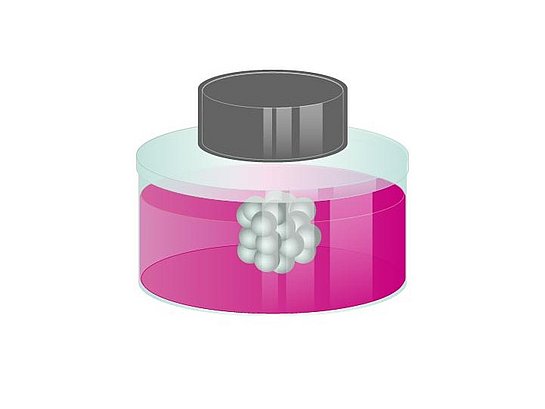Bioprinting 96, 384 & 1536 well
With bioprinting magnetised cells are printed into spheroids by placing a cell-repellent plate atop a drive of magnets, where a single magnet below each well utilises mild magnetic forces to induce aggregation and print one spheroid at the bottom of each well within 15 minutes to a few hours.























